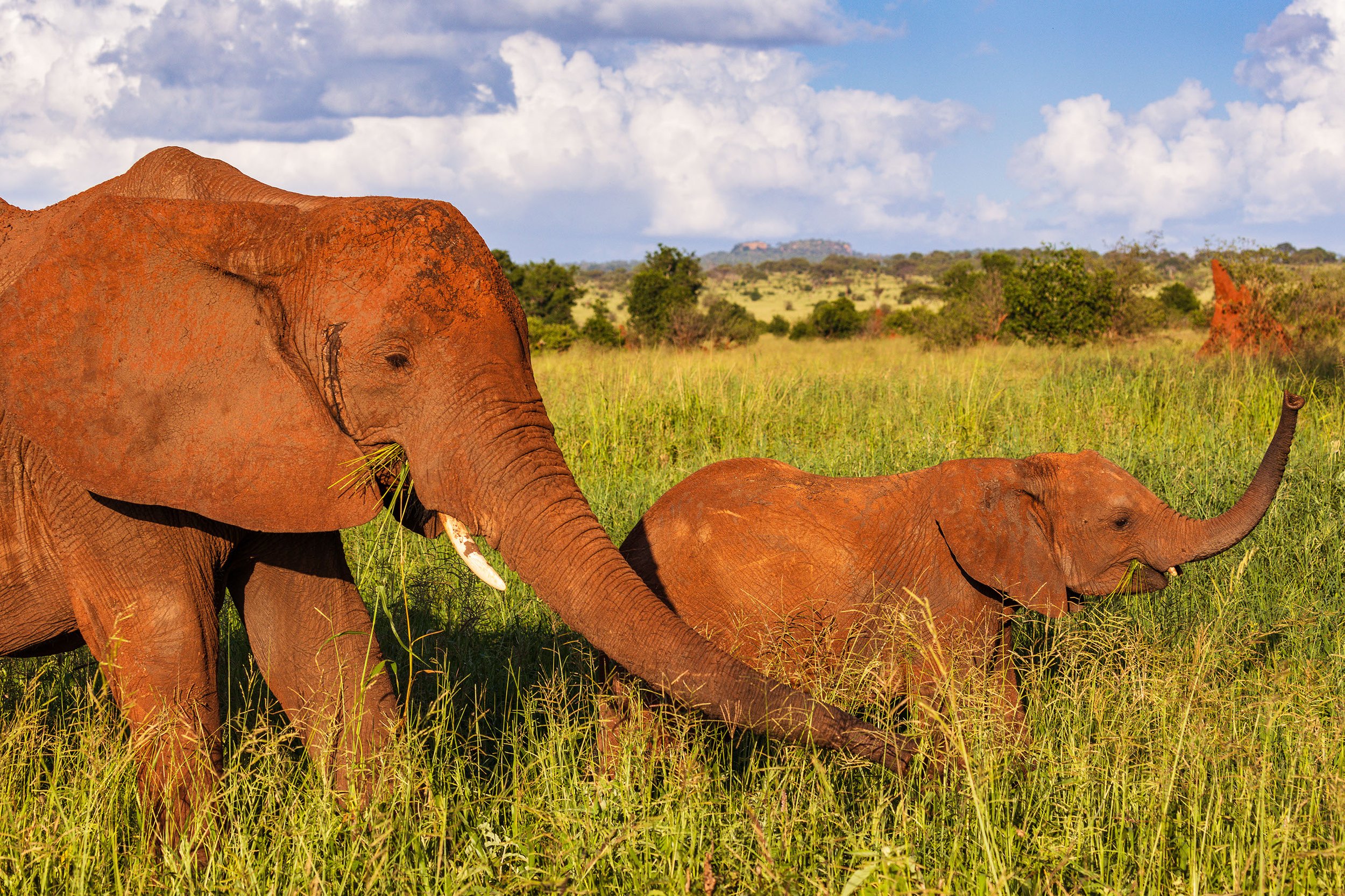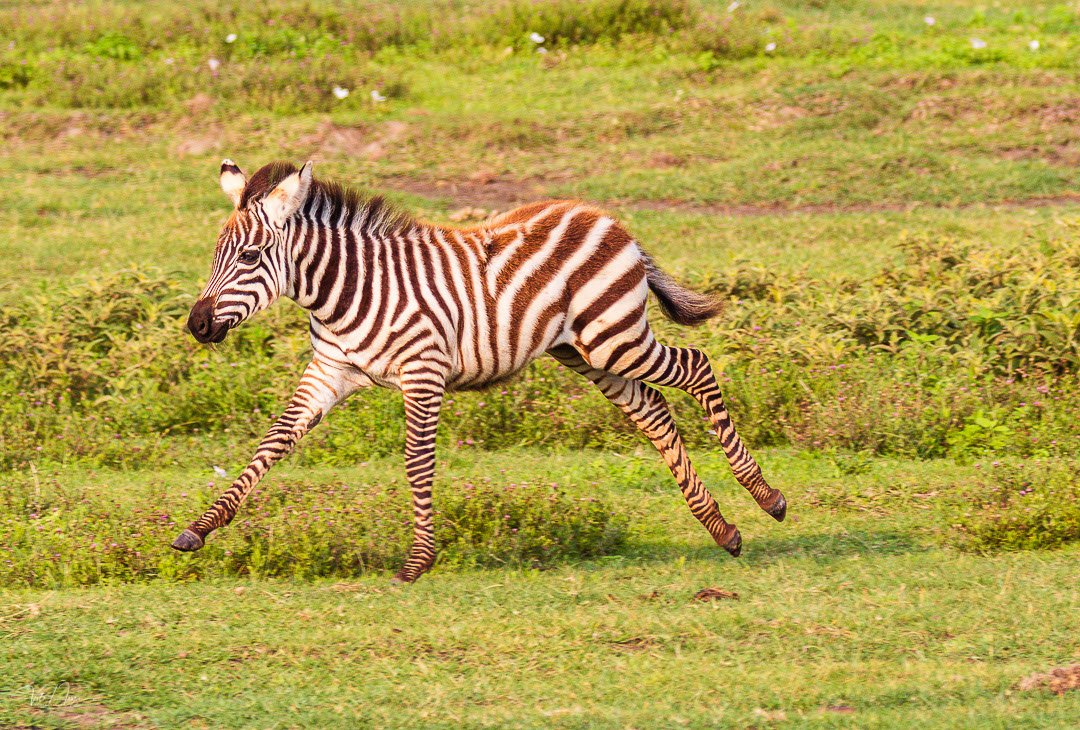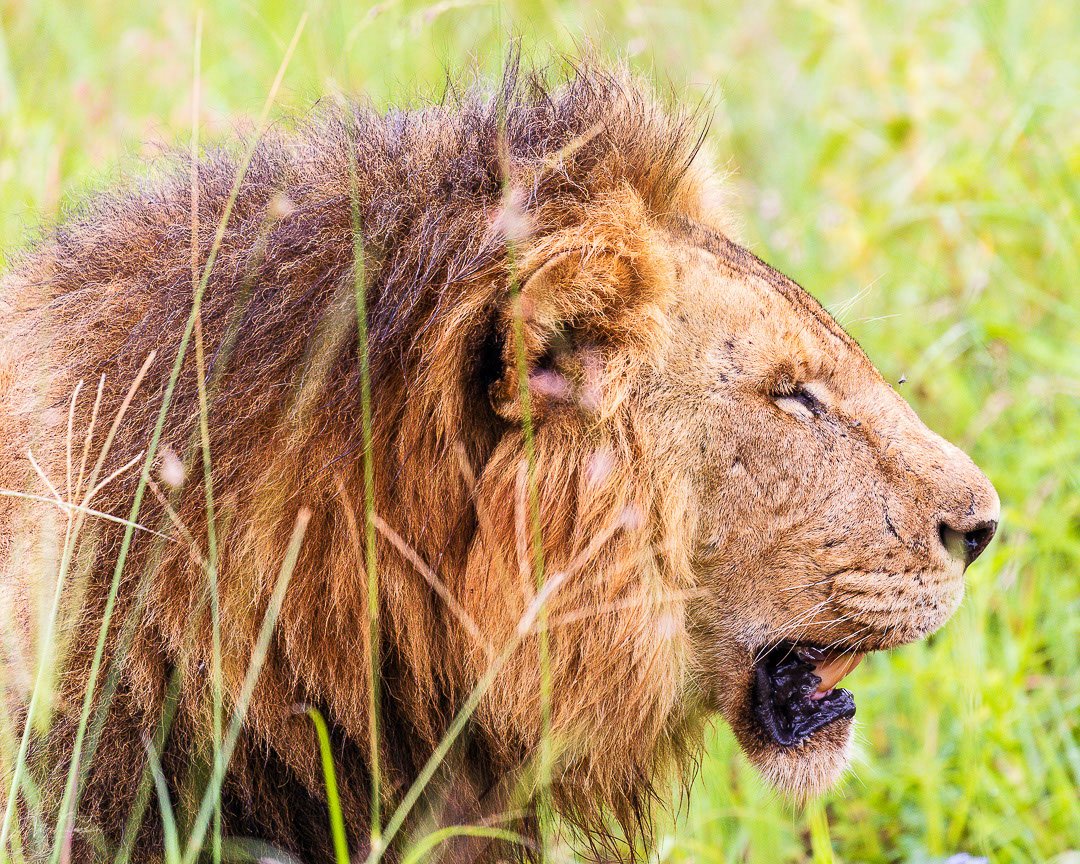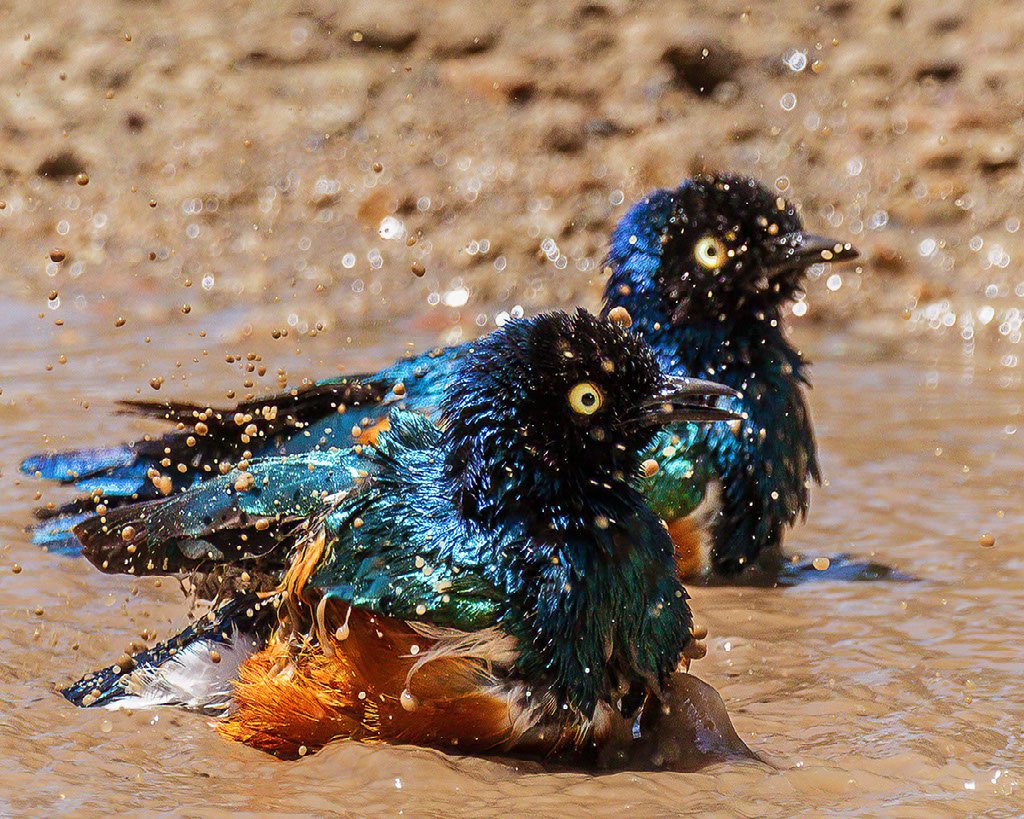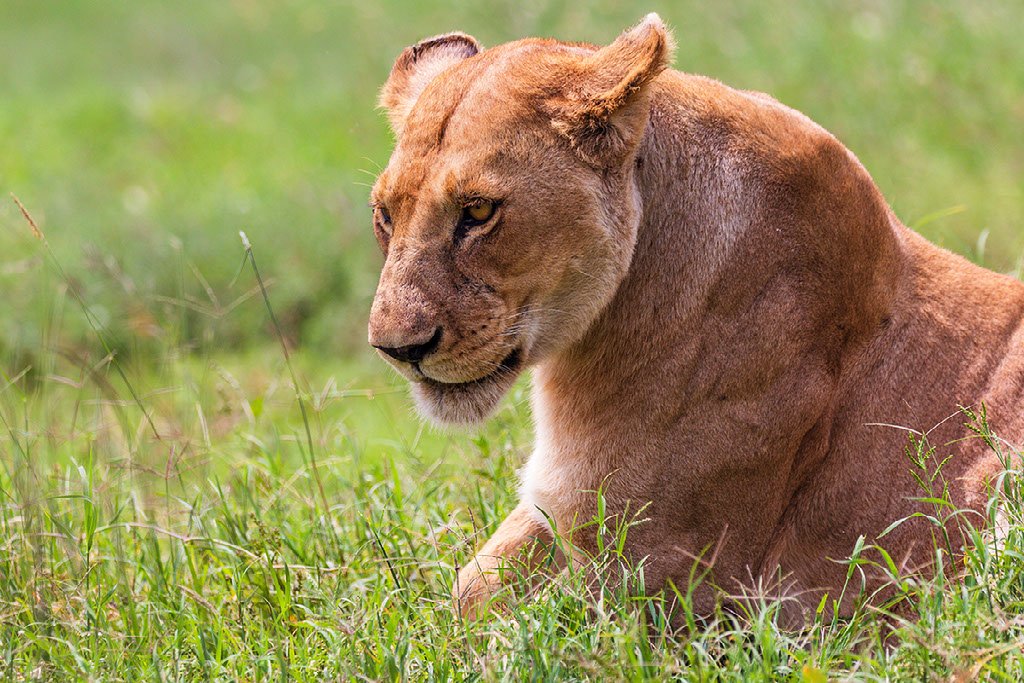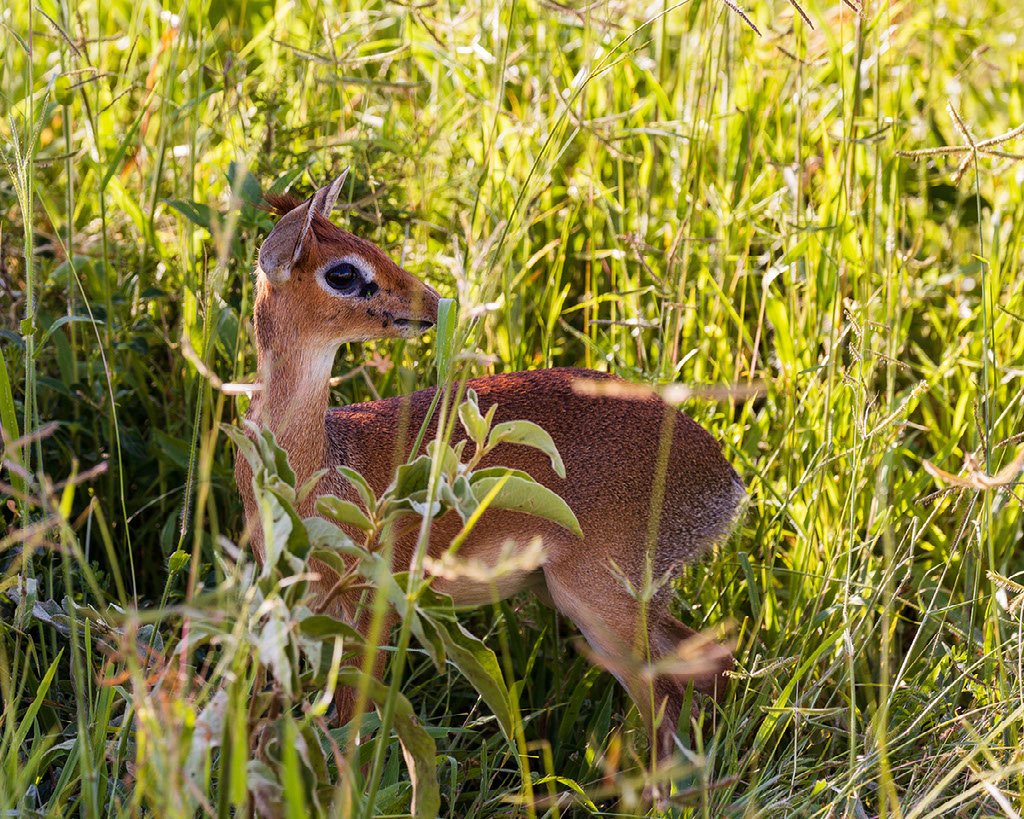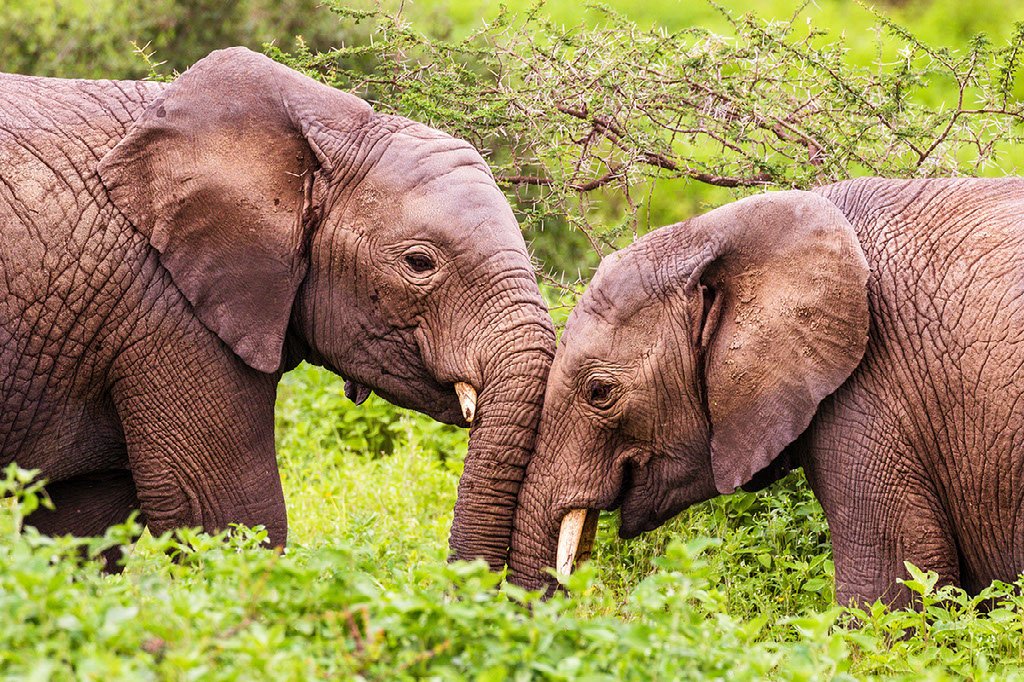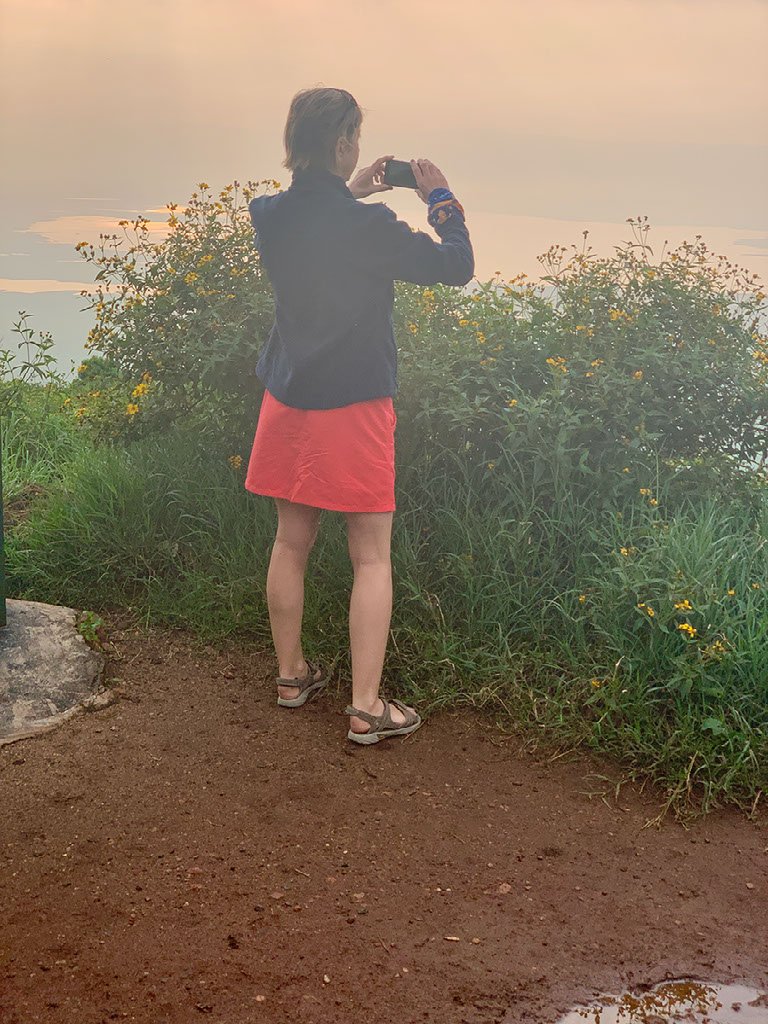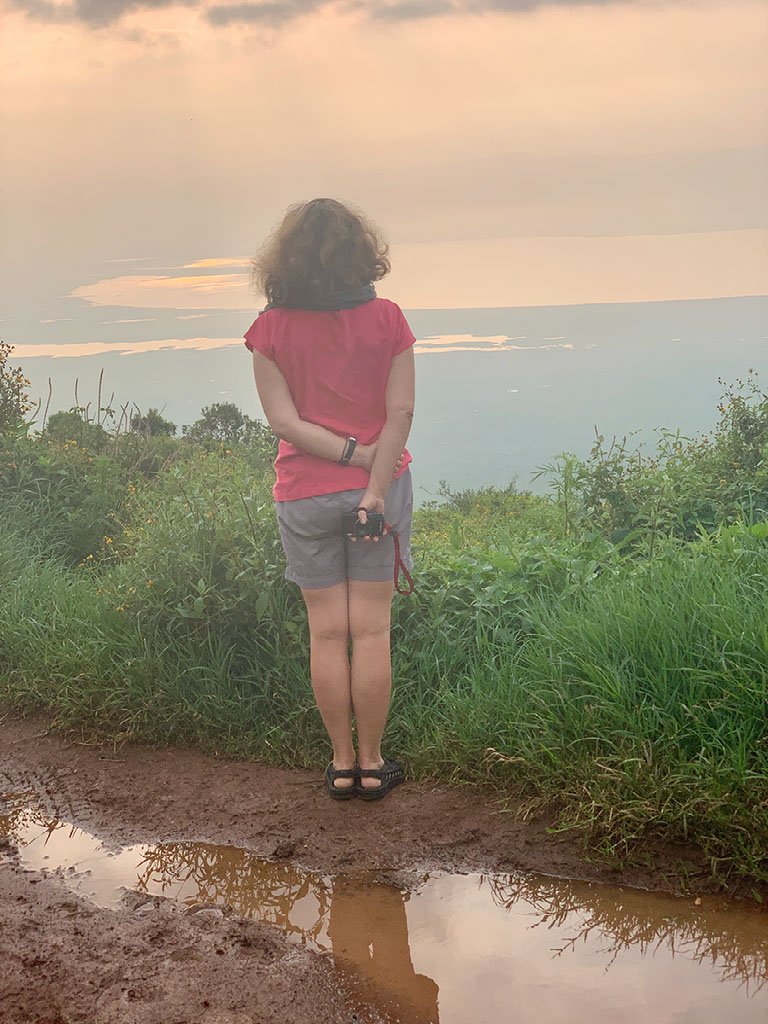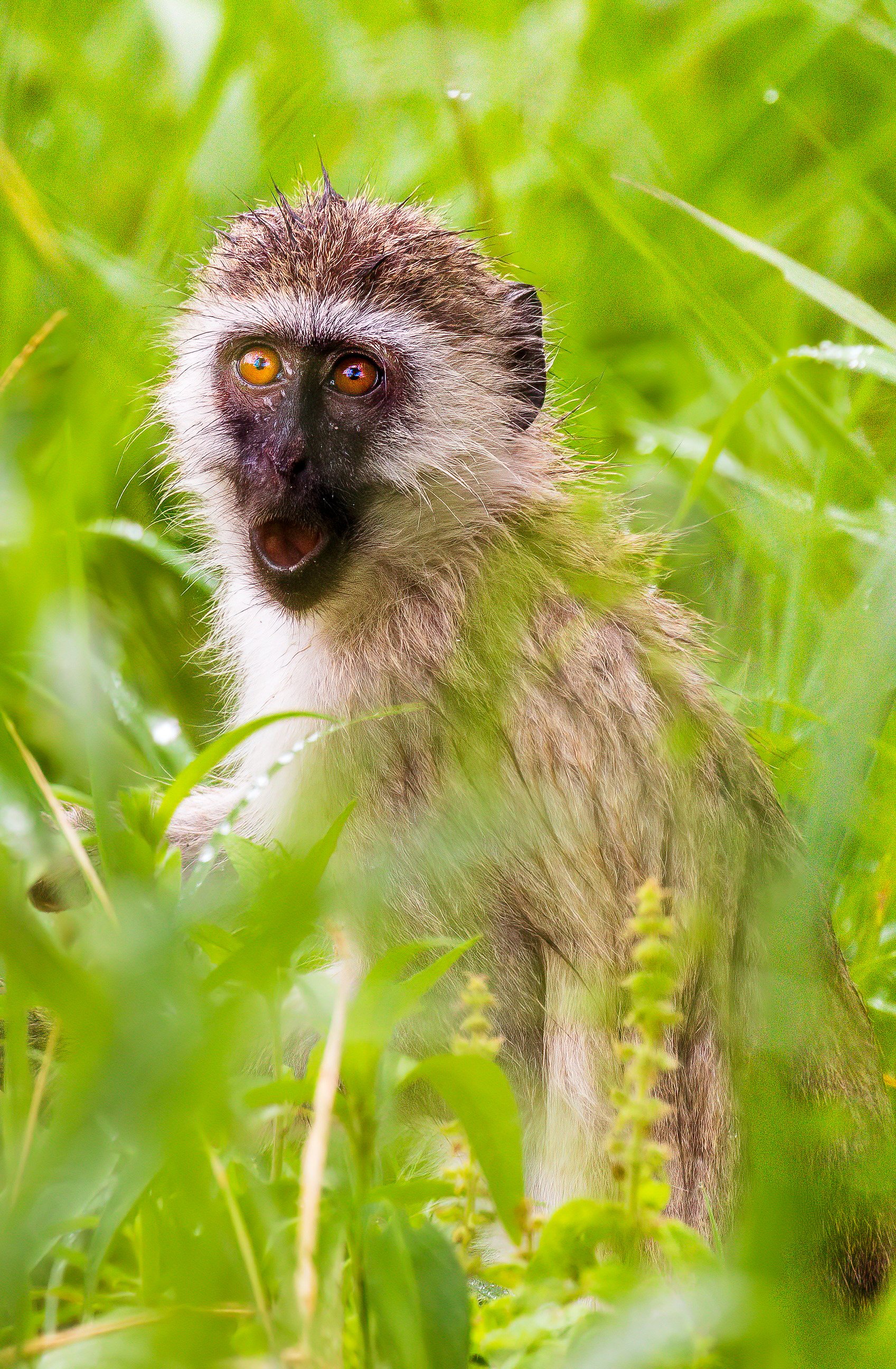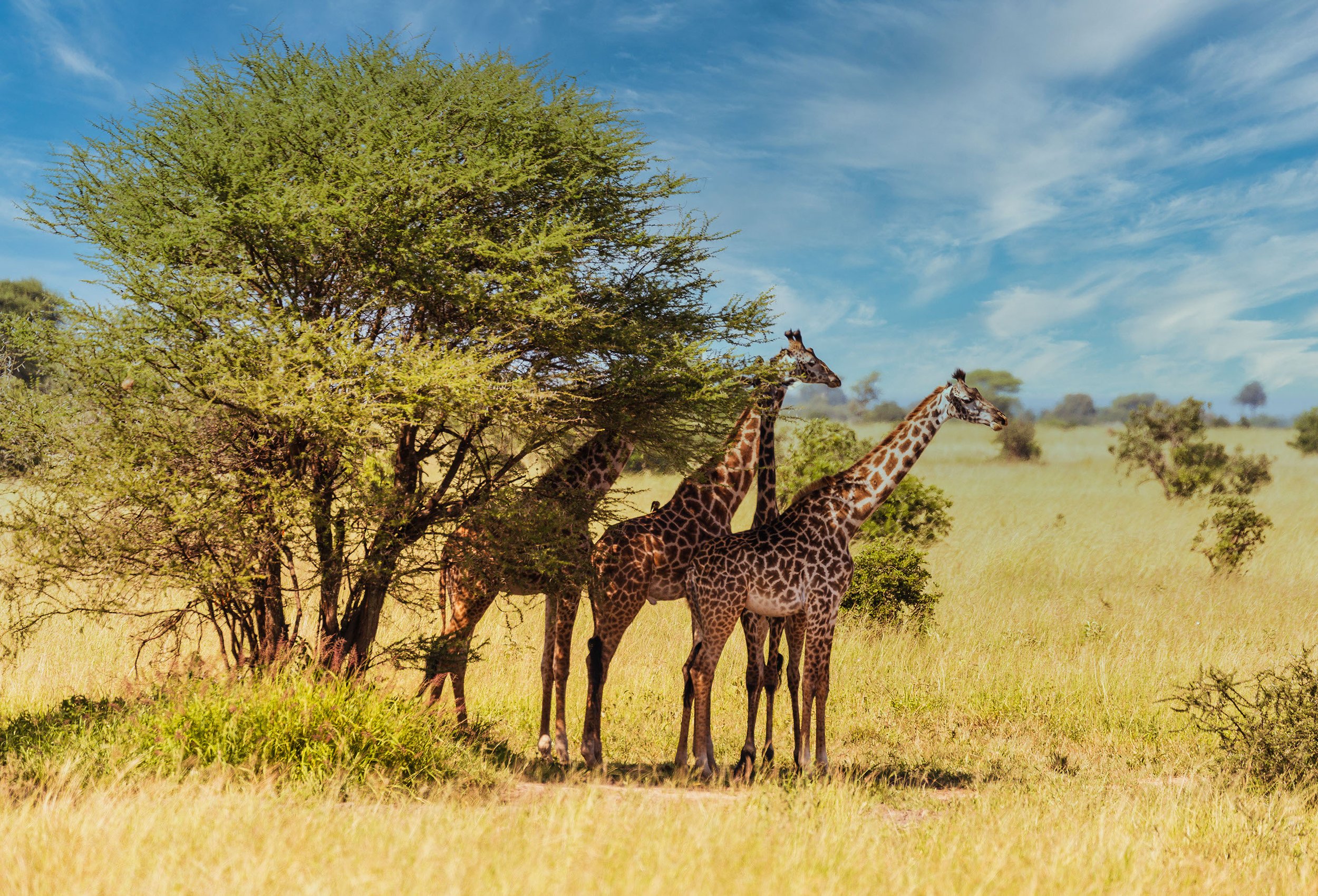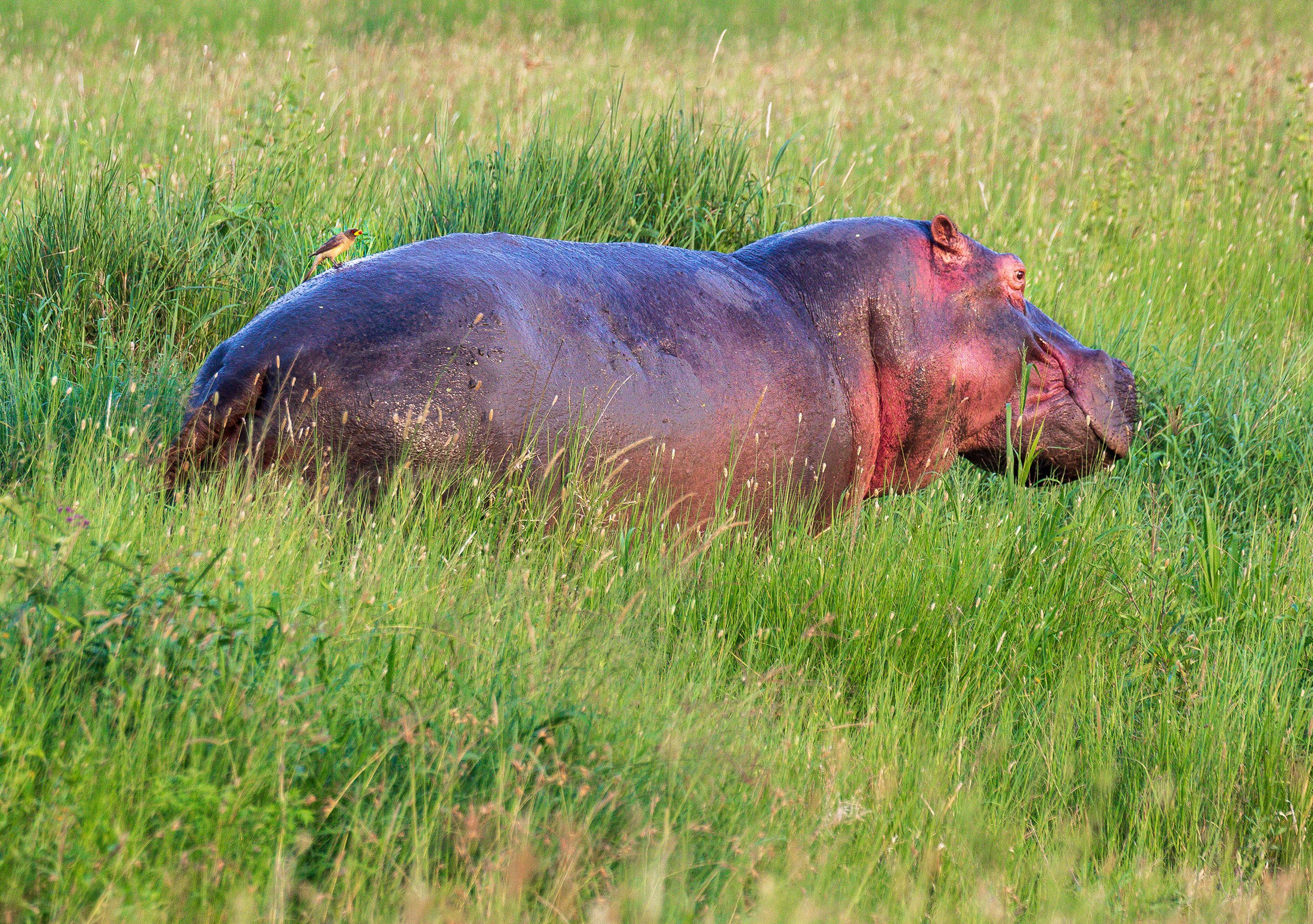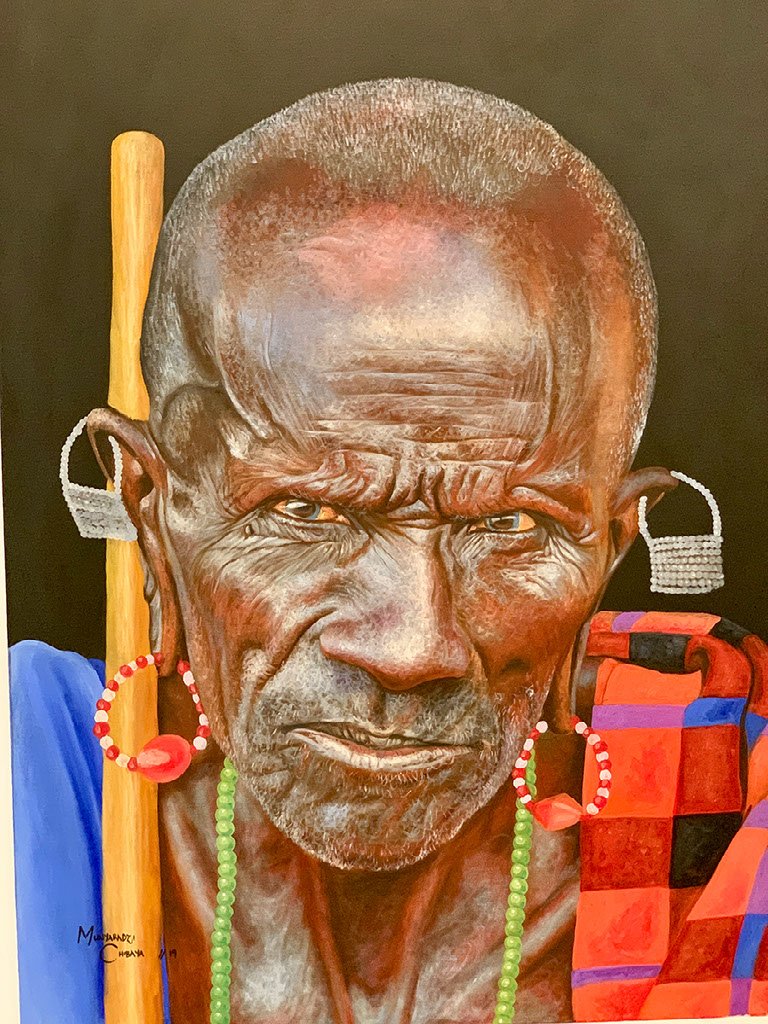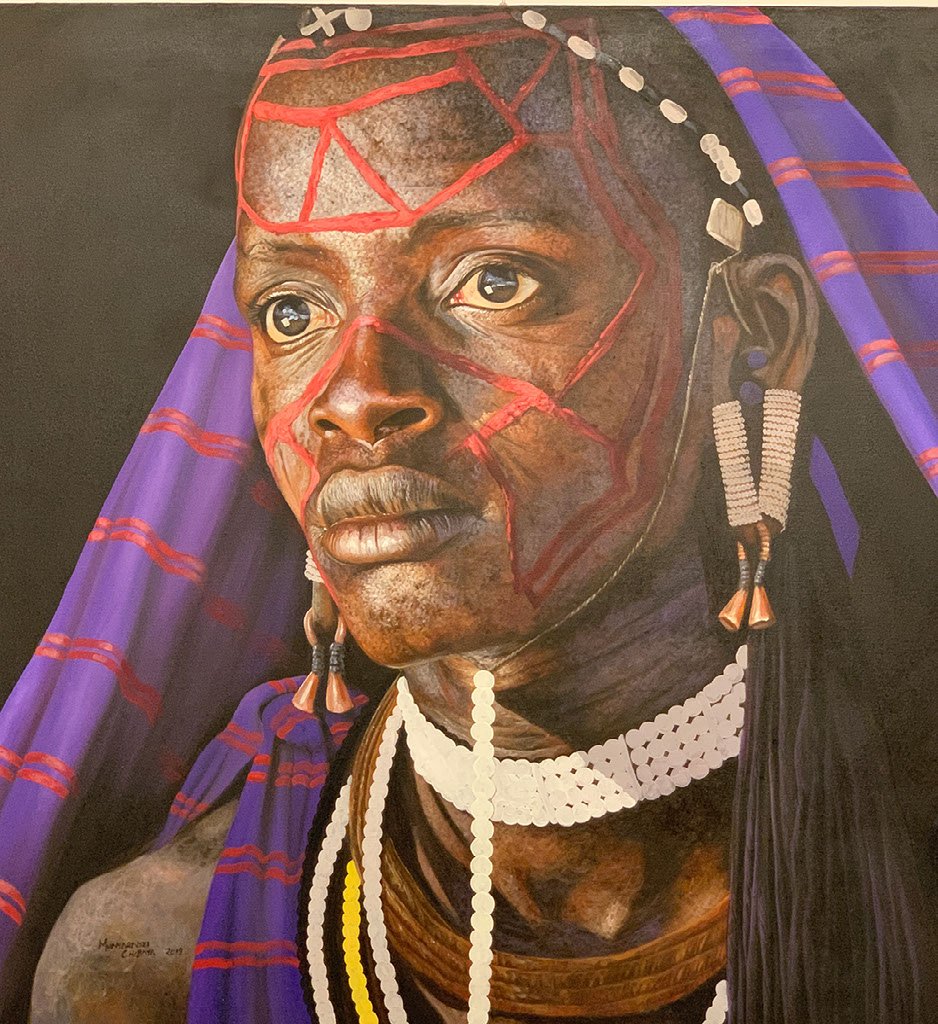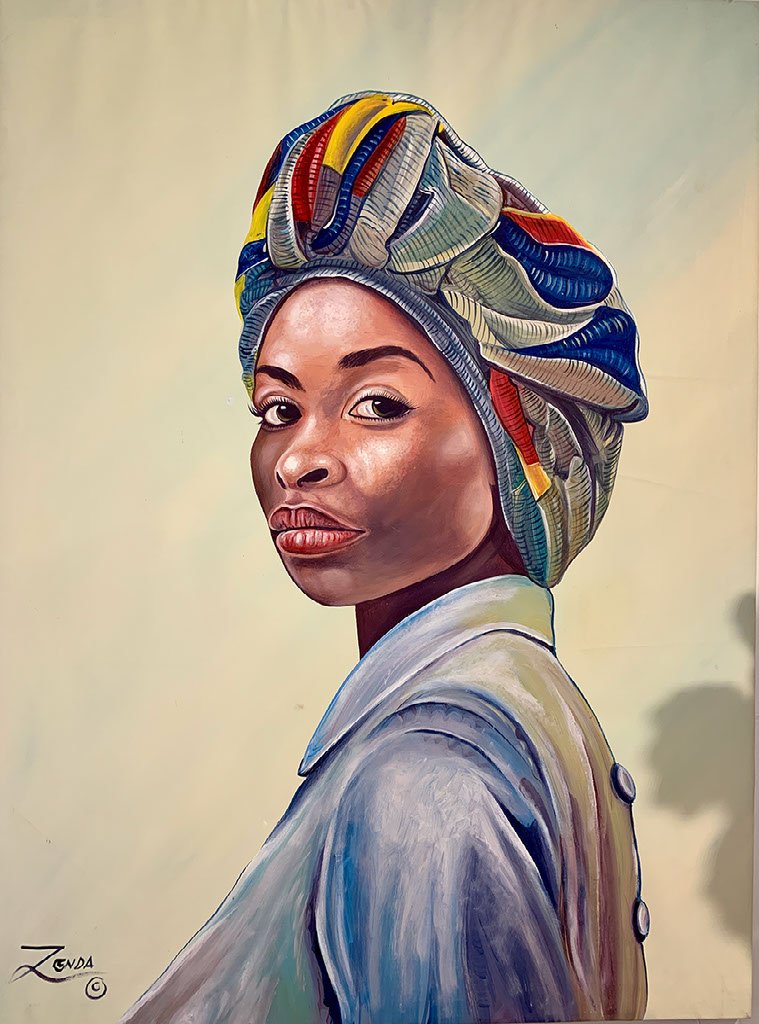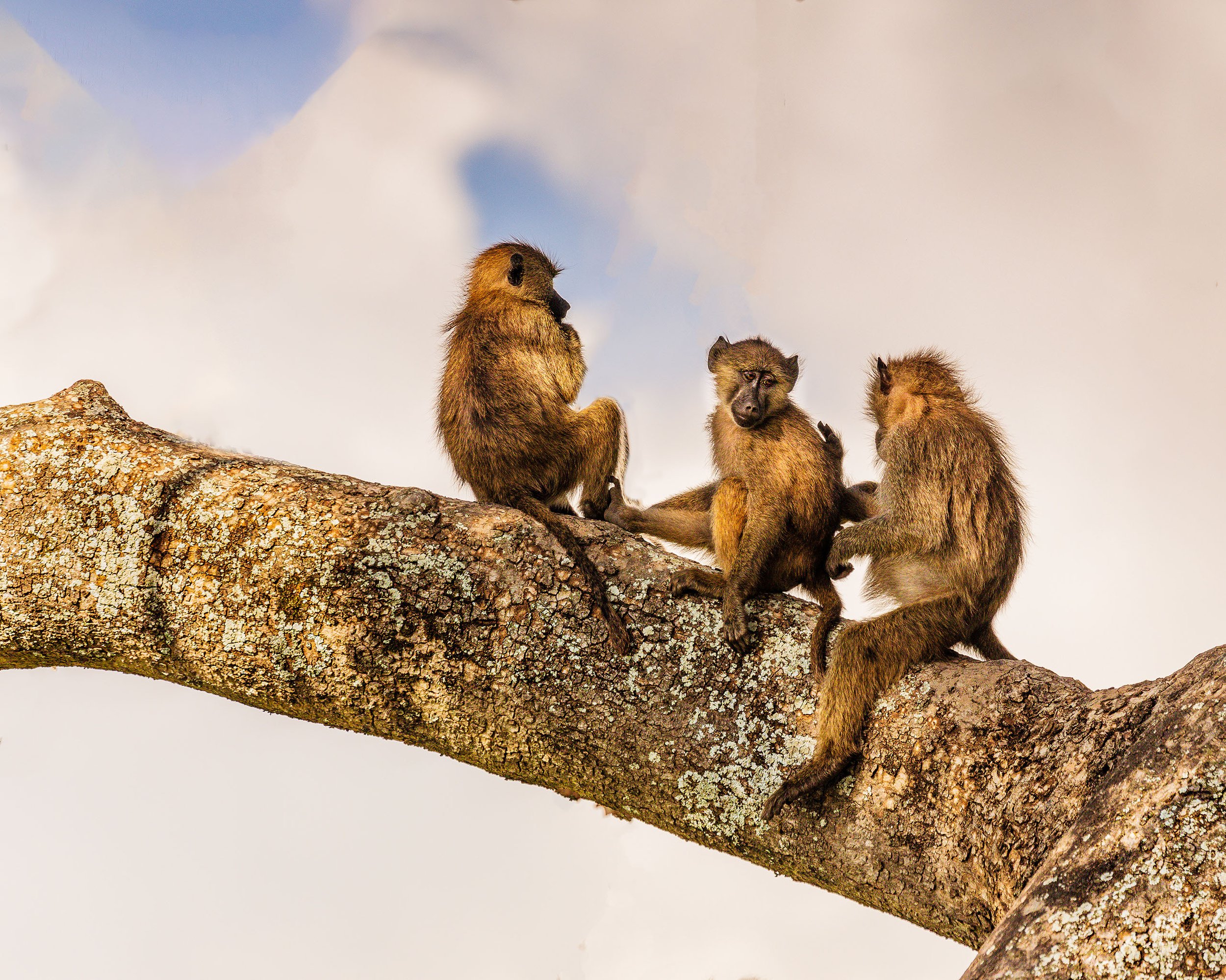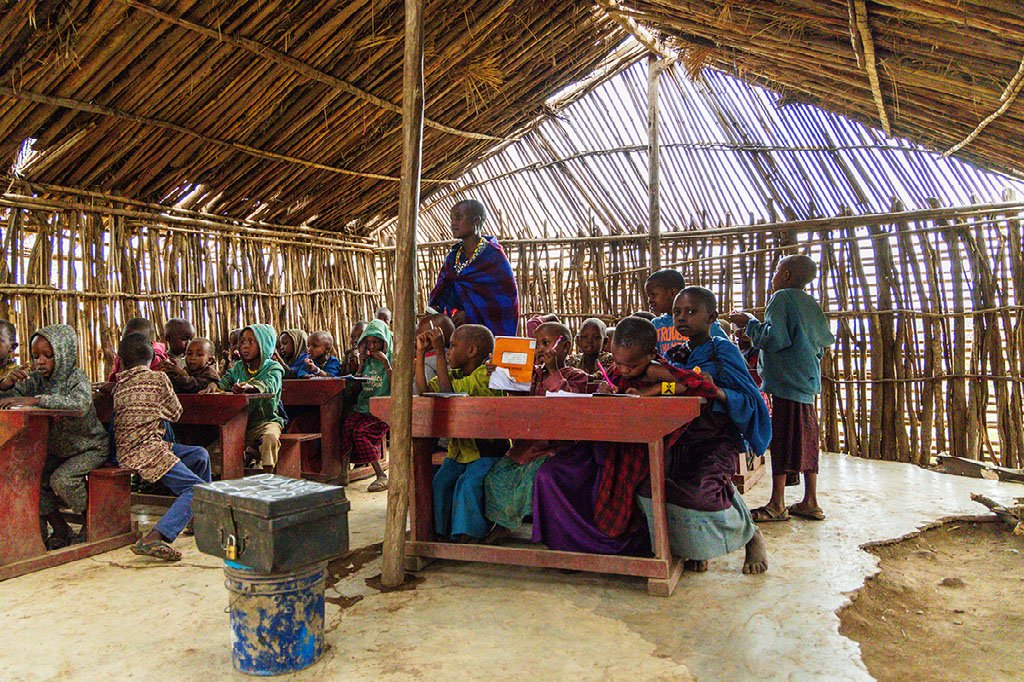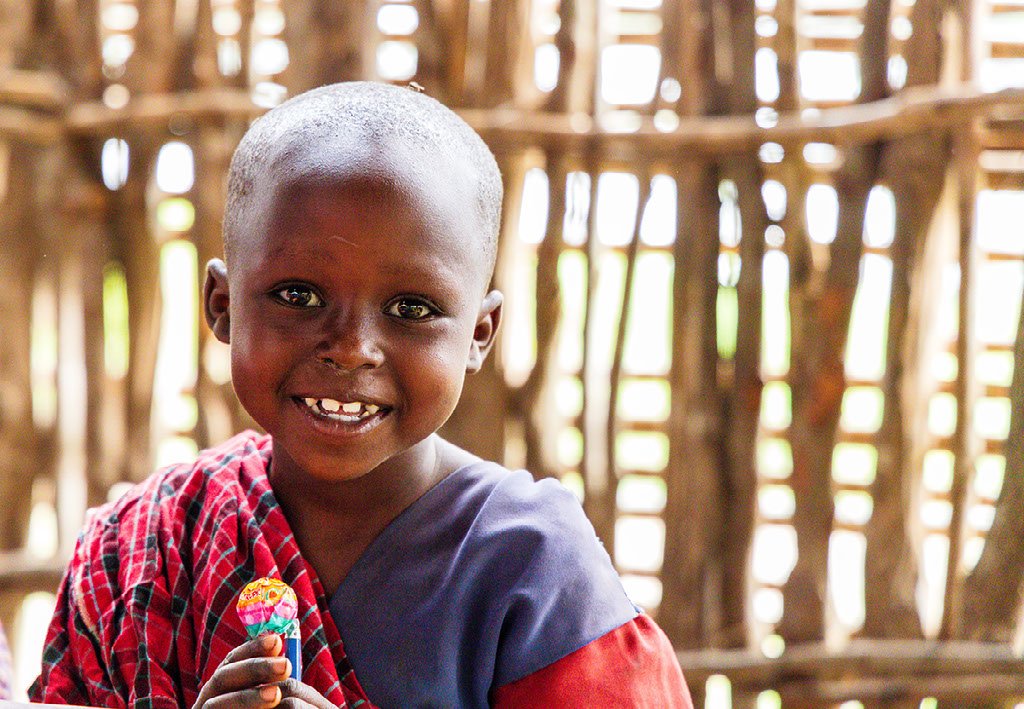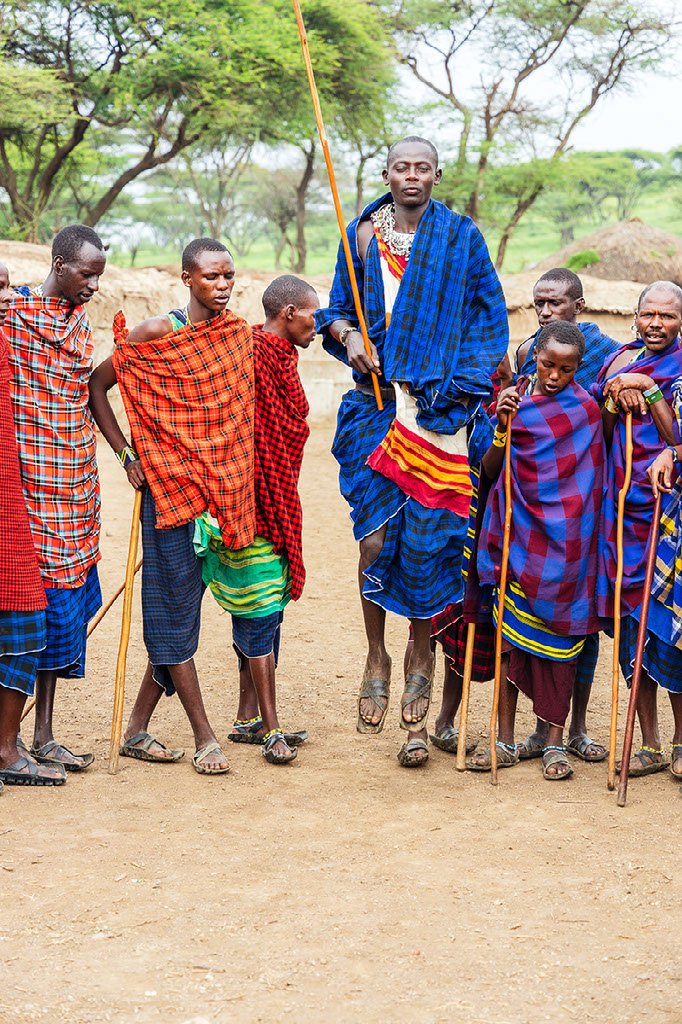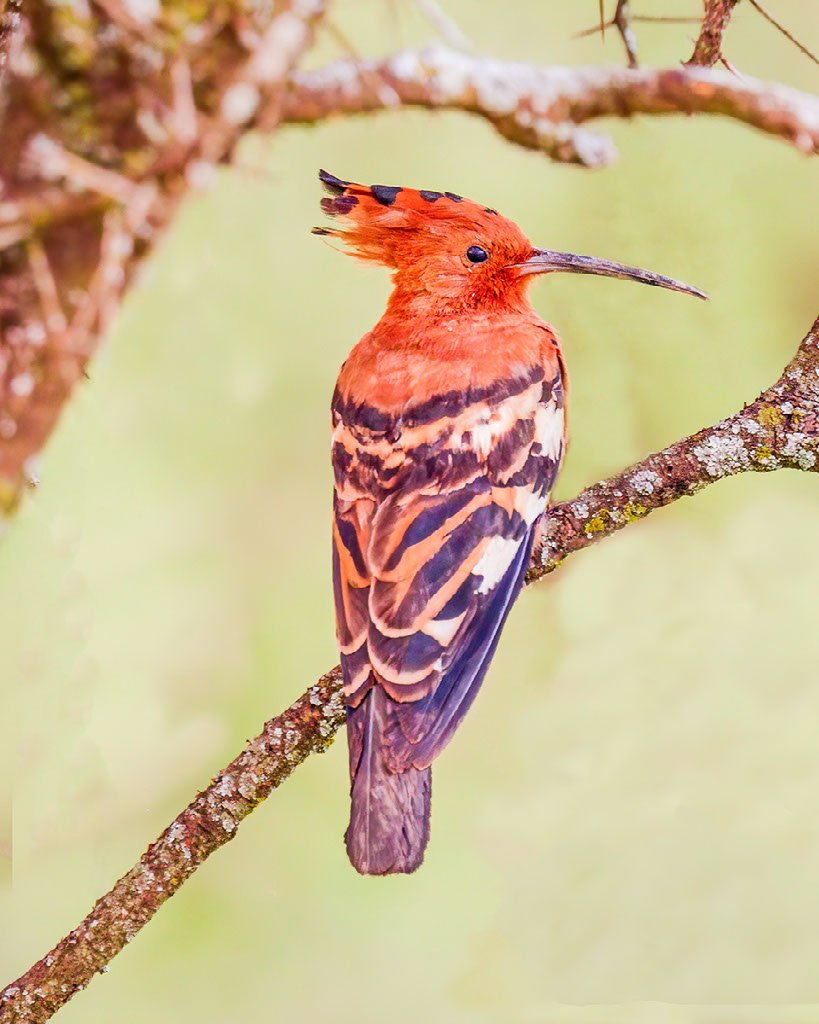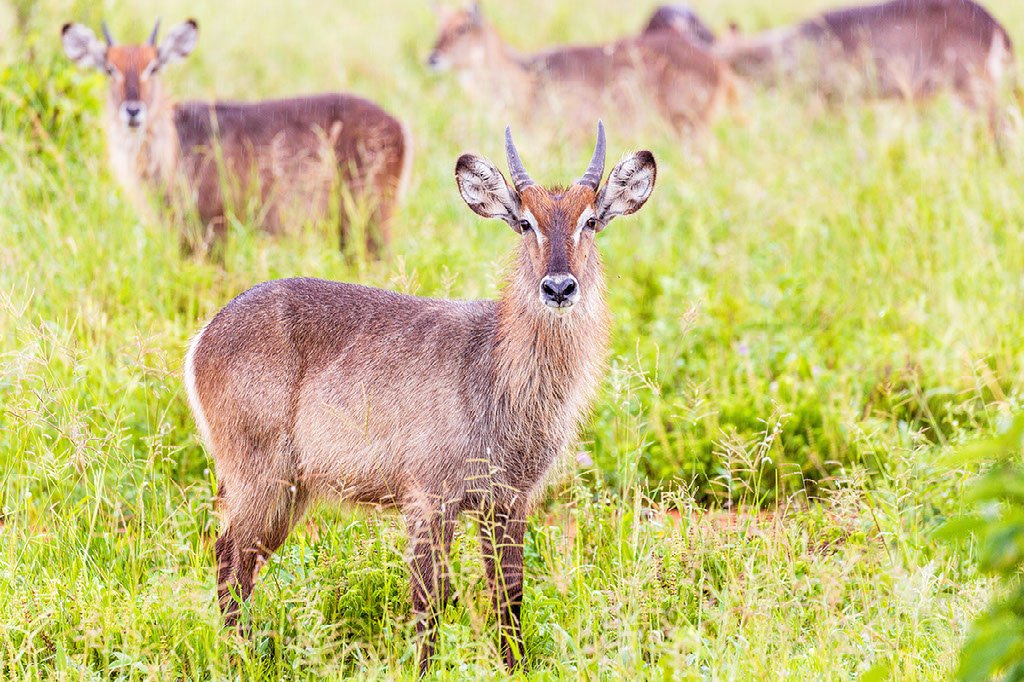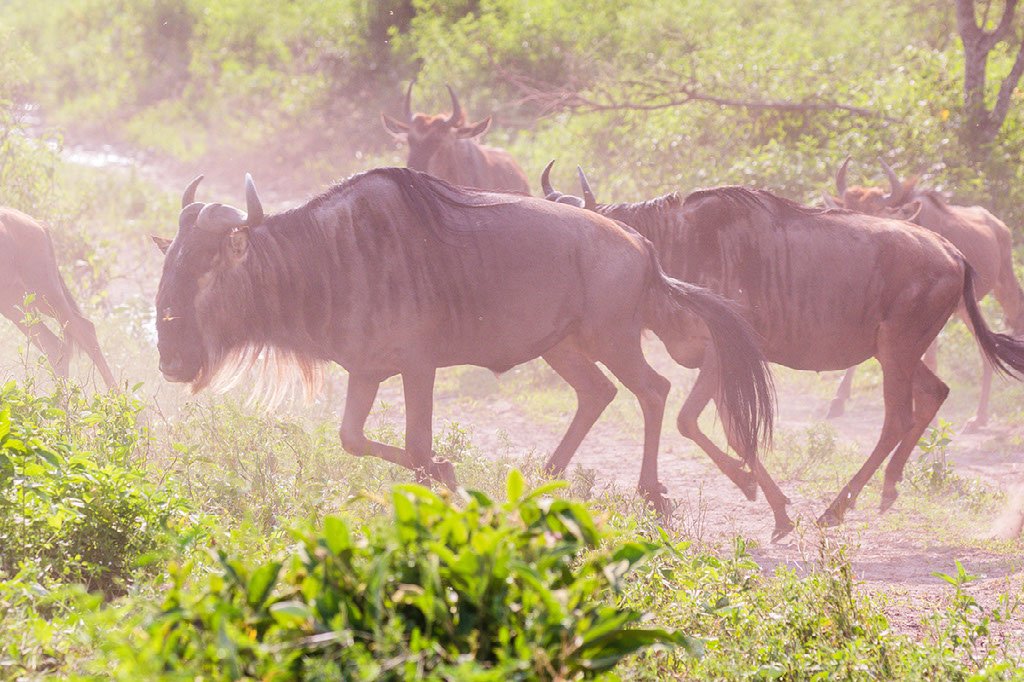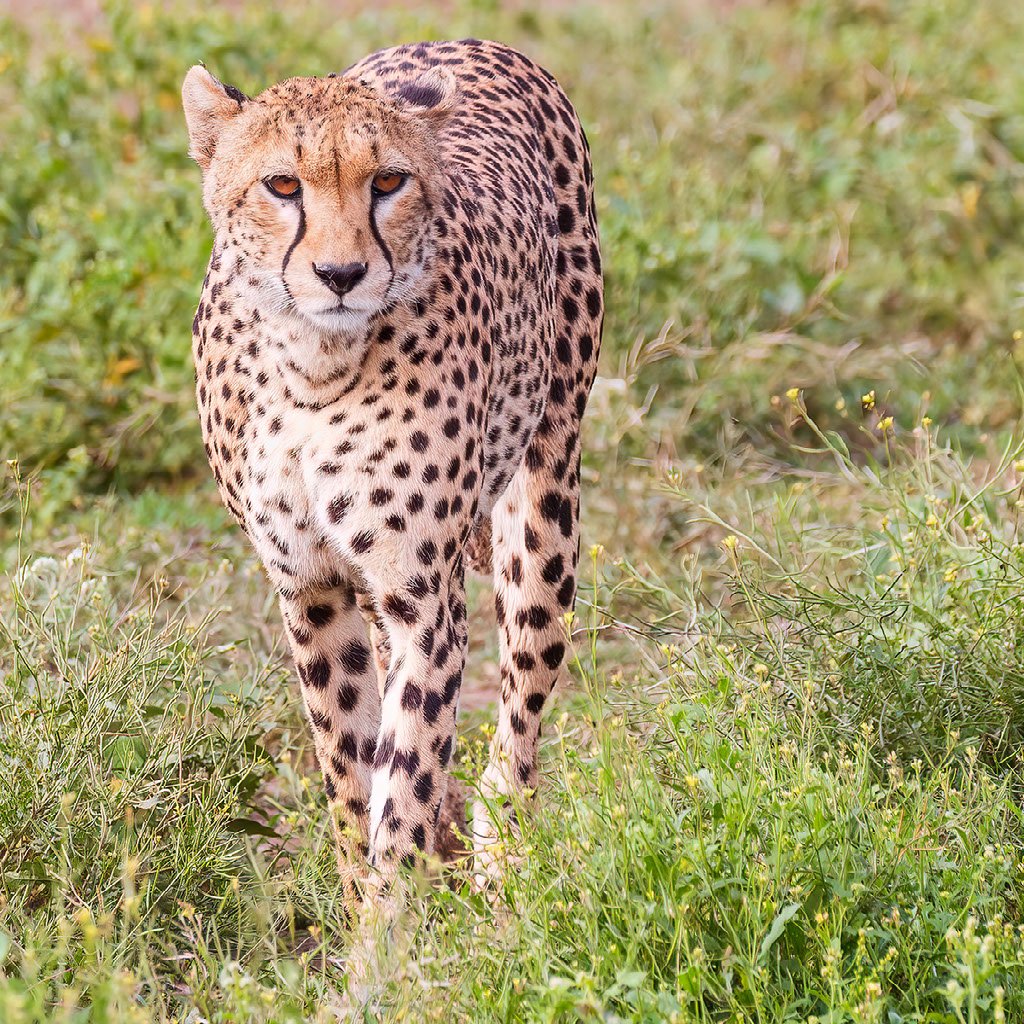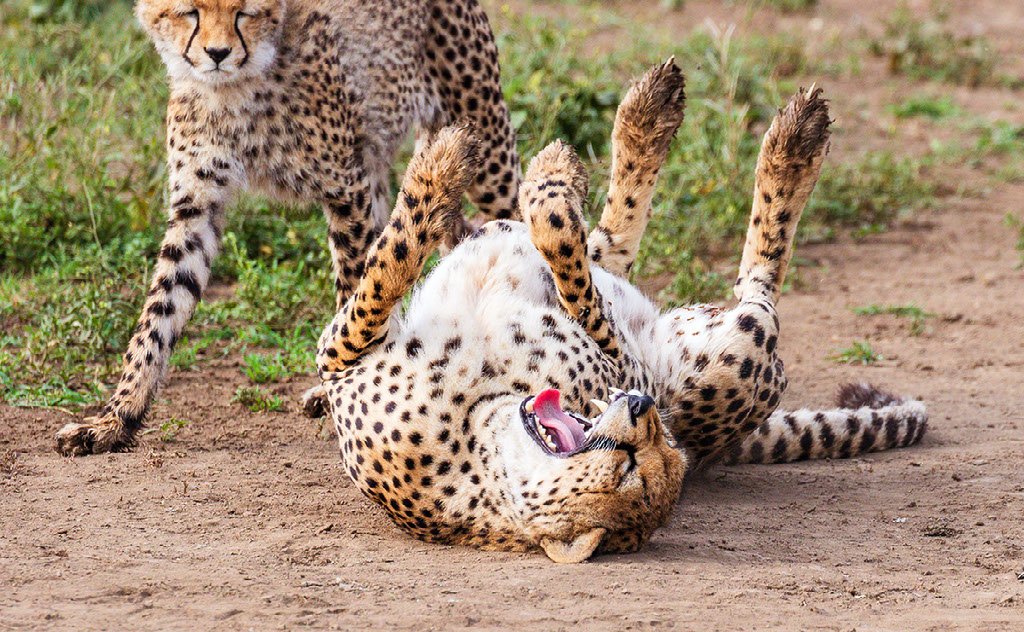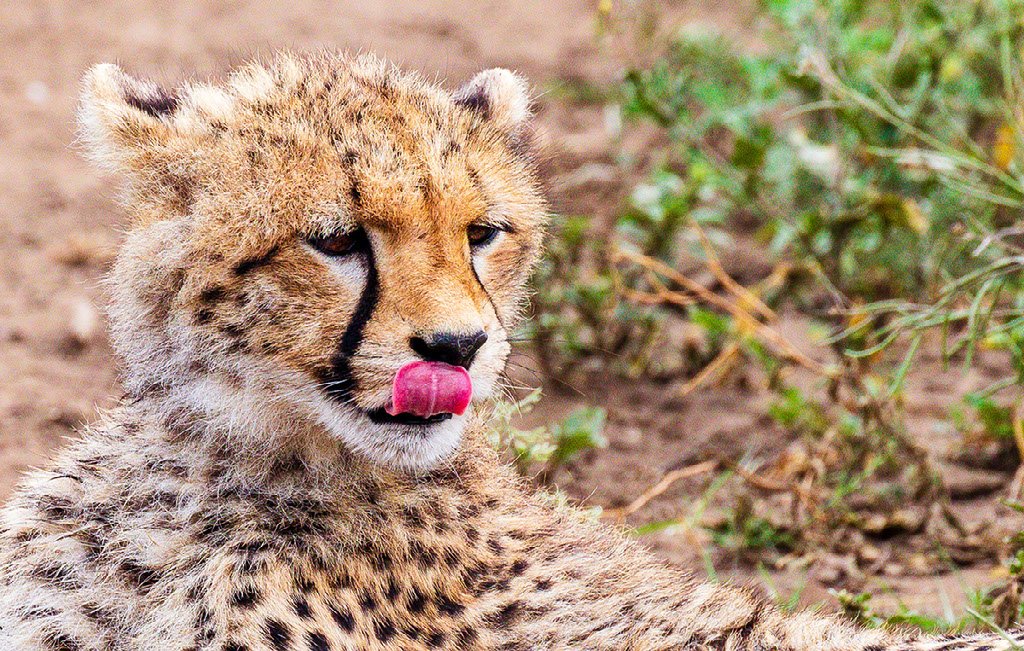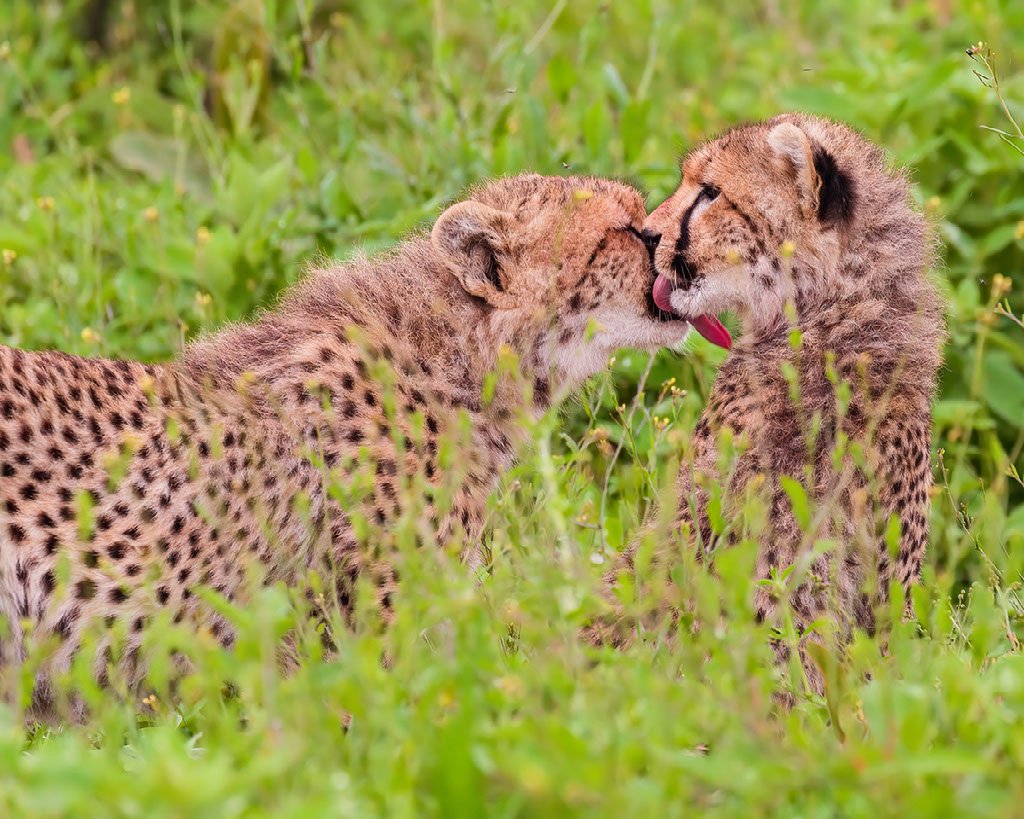My Photography & Travel Guide to Tanzania
Updated January 2024
Our trip to Tanzania was one of the best trips we ever made. It is truly an incredible country!!! Like most good trips, it all begins with the people you meet. Tanzanians are among the friendliest and kindest people we have ever met during all our travels.
Tanzania was also a bucket-list country for us and our first Safari. So we were very excited to go to Tanzania. One thing that we have learned from trips to places like the Galápagos Islands is that seeing animals in their natural habitat is something you will never forget. Tanzania is a country that I continue to dream of after returning home.
“The love of all living creatures is the most noble attribute of man.””
“Talk about a dream, try to make it real— ”
Ahead of our trip, we did a lot of research on what to do, what to bring, and what to see. We read and watched a lot of YouTube videos (like this one) and blogs (like this one) discussing Safaris. But all the sites we found seemed only to capture one aspect of the trip. So, I have tried to write a more comprehensive and practical blog of what I think are the best tips for travel & photography in Tanzania.
Tarangire National Park "The Elephant Paradise"
It begins…
Unbeknownst to me, our Tanzania adventure began in Venice, Italy in April of 2018. I was very fortunate to take part in a Photography Workshop with Scott Kelby. During the Venice workshop, I met my good friend Willey, an extremely friendly, fun, and kind person who also happens to be a great photographer.
The One and Only Willey
Willey has been going to Tanzania for more than 20 years and has a profound love for the country. So, over the Summer of 2019, he reached out to me to see if I would be interested in joining him on an 11-day Tanzanian excursion in January 2020. My wife and I jumped at the chance. It goes to show you how sometimes one opportunity will lead to another.
Good to Know Before Leaving (Visa, Medication & Tipping)
Ngorongoro Crater
You will most likely need a visa to enter Tanzania. While you can get one on arrival (passport dependent), it’s better to get one in advance since it makes the process at the airport much faster. The easiest way to get one is to apply online on the Tanzania E-Visa Website. It takes about 3-4 days to receive the visa, costing approximately $100. You will need to know your travel dates before filling out the application.
You will need to get a Yellow Fever Vaccine ahead of your trip. It’s a requirement for entry into the country. We got ours about 10-days before arrival. You will also need to start taking Anti-Malaria Medication ahead of traveling, so consult your physician.
How much cash should you bring with you?
That will depend on if you prepaid your trip, which is what most people on Safaris do. We prepaid all our hotels, restaurants, and guide fees before the trip. So we did not need to carry that much cash with us. Keep in mind that credit cards will only be accepted in hotels, tourist shops, and large restaurants
At the airport, I took out 230,000 Tanzanian Shillings (about $100) from an ATM machine. It’s all I needed for the entire 11 days for tips and small purchases. Another option is to bring small bills ($1) with you from abroad for tips. The normal tip for restaurants or hotels is $1 or 2,000 Tanzanian Shillings. Most hotels also have a tip box where you can tip the staff about $10 per day.
DEALING WITH MOSQUITOS & BUGS
You are going to Africa!!! You are going to see bugs!! You should not obsess about this, but you also need to take precautions using repellents, bed nets, and permethrin. The only place we had to be extra careful was in the Tarangire National Park because they have Tsetse flys. Those suckers’ bite hurts—ouch!! Luckily, the risk of sleeping sickness in Tanzania is low.
So, I recommend applying bug sprays/creams and covering your legs and arms with long-sleeved shirts/pants. We used Ultrathon insect repellent cream, which was developed for the US Military and is very effective. One of its main ingredients is DEET, which repels insects. You can buy it on Amazon or at places like REI. We also sprayed our clothing with permethrin for double protection. You can spray your "safari" clothes before traveling to Tanzania.
Seeing people walking around in shorts, sandals, and tank tops was shocking, which gives mosquitos a lot more real estate to bite you :). One final tip is that mosquitoes are attracted by blue and gray colors, so you want to wear earth tones or “safari colors.”
You also want to protect yourself from the sun, especially since you are so close to the equator. So a hat and a good sunblock is a must.
OUR GUIDE - JOSEPH PAUL URIO
A good guide will make or break your trip to Tanzania. Ideally, you want someone experienced, kind, friendly, patient, and a safe driver. Our guide, Joseph Paul Urio, is the perfect guide. Joseph is a fantastic person!! He takes his time and is very knowledgeable. I still do not know how he managed to see some of the animals that we saw. You can reach Joseph at josephpaul067@gmail.com or call him at +255 62 858 6870.
PHOTOGRAPHY GEAR & TIPS
If it is possible, I would recommend bringing 2 camera bodies with you for 2 reasons. The first is that you do not want to change lenses outside with all the dust in the air. The second reason is that since this is a bucket-list trip, you want a backup camera in case something goes wrong. There are no camera repair shops in this part of Tanzania.
Camera: you want a fast-action camera (i.e., Canon R5/3, Nikon Z7,8, Sony A7/A9). I recommend a camera with a high (12+) fps (frames per second). I brought 2 bodies—my Canon EOS R and 7D Mark II. The Canon EOS R is not a wildlife camera, so it worked well in low-light situations for sunset landscapes and occasionally for “animal scapes.” I mainly used my 7D Mark II since it’s relatively fast at ten frames a second.
Lens: If you are going light, you only need 2 lenses, one that shoots wide (24-105mm), and a telephoto of at least 300 mm but 500mm or 600mm is better. Most of the animals we saw were not that far away. I used Canon EF 100-400mm on my 7D Mark II, which gave me a range of up to 560 mm on the crop sensor. I might also bring a 1.4x TC (TeleConverter). The only issue is that you will lose at least a stop of light, and you only get a center focus point. Update: If I were going back again I would bring my R5 and R3 with a 24-105mm lens and a 400 mm f2.8 (or 100-500mm).
A Word of Caution on Testing New Cameras—If you will borrow a camera for perhaps a once-in-a-lifetime trip—-please test it before you leave. While we were photographing a Leopard (which is quite rare and lucky to see) in the Serengeti, a young woman in the SUV next to us asked for help with her camera. She had purchased a new camera with a Tamron Lens. Sadly, the lens would not work with her Canon camera because it needed a software upgrade. We felt so sorry for her. Imagine taking a trip to Tanzania and not being able to take a photo.
Tripods & Gimbals—I brought my travel tripod and never used it once. You are usually not allowed to get out of your vehicle while on Safari so the only time you can use it would be at your hotel. Most of the guides will have Bean Bags in the vehicle. When you see an animal you want to photograph, you place the bean bag on the open roof and place your camera on top of the bean bag. As long as you have "Bean Bags" in the vehicle, that’s all you need. Leave the Tripod at home unless you think you have some possibility of taking Astro-Photography photos.
Accessories—-there is a lot of dust, so make sure to bring a Rocket Blower, Micro-Fiber towels, and lens wipes. You also need to bring a lot of SD Cards. I ended up shooting 8,000 photos in 11 days.
OUR ITINERARY
Hotel vs Guided Tours
When deciding to go on a Safari, you have 2 basic options: choosing a hotel or guided tours, where you are moving to different hotels around the country. Both options are good, but there are advantages and disadvantages to a hotel that you should consider. If you choose a luxury hotel such as Singita Serengeti or the Four Seasons Serengeti, it will undoubtedly be fabulous. You will have incredible food and a luxurious accommodation. The only downside is that you are limiting yourself to perhaps a 10 km area around the hotel to see wildlife. Also, you will most likely be on semi-private tours (unless you pay extra for a private tour) with people who are not photographers. So if you want to spend 2 hours watching a leopard, it might not be possible.
This is why we chose a private guided tour. The most significant advantage of the private guided tours is that you will see much more of the country and more diversity in wildlife. The other benefit is that there are no time limits. So you can spend as much or as little time as you like in each location. The only disadvantage is that you check in and out of different hotels, which can be a pain.
Of course, you could begin with a guided tour and end with a luxury hotel, which might be a fantastic option.
Jan 15th (Arusha) - We flew directly into Arusha, Tanzania (Kilimanjaro Airport (JRO) from Doha, Qatar. Qatar Airways has a direct flight to Arusha. Most flights fly first to Dar-es-Salam, and then you must take a connecting flight to Arusha.
Most of the hotels are located about 1 hour from the Airport in Arusha. Our guide, Joseph, met us at the airport and drove us to our hotel. We stayed at the Serena Hotel Resort & Spa in Arusha. The hotel staff are very friendly and the food was very good. They are very vegetarian-friendly, which was unexpected. The only negative is that the rooms are in need of refurbishment but are very clean.
Jan 16th (Arusha) -we spent the day getting ready for our safari. We also took a drive through Arusha and one of the highlights was visiting the Cultural Heritage Center in Arusha. I usually would avoid such places because they can be touristy and pushy. However, the Heritage Center turned out to be a great experience. It is huge and very diverse!!
The center has different galleries, photography exhibits, artisan crafts, and a jewelry boutique. They also have a restaurant that makes delicious samosas. The center collects African art from all over Africa.
It feels like you are walking through a museum. Their painting and photography collection is also really impressive. What I liked about the center was that the service was very friendly and helpful but not pushy, and have an enormous collection of items to purchase in every price range. I also felt that their prices were very fair compared to other places we visited on our trip. They also have a Jane Goodall Museum. Sadly, Jane Goodall was visiting the center the day after we left, so we missed seeing her.
Jan 17th-19th (Tarangire National Park) - we drove approximately 2.5 hours from Arusha to Tarangire National Park. The park is enormous; it occupies an area of 2,600 square kilometers. It’s called the “Paradise for Elephants” with good reason.
One thing to be careful about is to not leave your car windows open when you enter the Park Registration Center. Within seconds, the monkeys will be in your car looking for food.
““They say an elephant never forgets. What they don’t tell you is, you never forget an elephant.”.”
As we entered the park, we immediately saw dozens of elephants. You will also see wildebeests, zebras, impalas, eland, water buffalo, giraffes, and gazelles.
We stayed at the Tarangire Sopa Lodge. The hotel had outstanding service, excellent vegetarian-friendly meals, and nice rooms. We liked the hotel better than the Arusha Serena Hotel.
You could spend a week just in Tarangire. It is just a massive park with so much incredible wildlife.
If you love Elephants as much as do you definitely do not want to miss Tarangire National Park
Jan 19-21st (Ngorongo Crater) —we drove from Tarangire National Park through the Rift Valley to the Ngorongoro Crater and stayed at the Serena Hotel Ngorongoro. The drive is about 3-4 hours long.
Once you reach the top of the Crater, you immediately notice the Maasai walking along the roadways in their colorful outfits. At the top of the crater, the temperatures are quite cool. (about 12 Celsius or 55 degrees in the evening). In fact, you will need a fleece or light jacket when you stay at the top of the Crater. We really liked this hotel. It’s a bit of Switzerland in Africa. The staff are very friendly. They have an excellent restaurant and wonderful rooms with an incredible view of the crater.
The View into the Ngorongoro Crater
We arrived in Ngorongoro around 4 pm, so we enjoyed the hotel and the views. The following day we took the descending road for about 40 minutes to the bottom of the crater. It’s pure magic. It’s as if you have entered Noah’s Ark. A paradise for animals. We spent the entire day driving around the crater.
We saw lions, zebras, wildebeest, ostrich, elephants, flamingoes, black rhinos, many birds, Cape buffalo, Hippos, Elands, Gazelles, and Waterbucks.
An Impala
Jan 21-22nd (Serengeti) we then drove from Ngorongoro Crater to the Serengeti National Park. Along the way, we stopped at a Maasai village, which was an interesting experience. While the experience was rewarding, I felt that they took advantage of us with the prices they offered for crafts. We also had to pay an entry fee to see the village. We should have known better when they would not let our driver join us and then separated the group once we got inside. But I did enjoy taking photos of the Maasai and especially the school.
The drive into the Serengeti is just pure magic. We saw so much wildlife. We had lions come so close to the car that I could have pet their head. You even have to stop at times because there are animals lying in the middle of the road.
The drive to the Serengeti Hotel took about 2.5 hours along very bumpy roads. This is where we learned the term “African Massage,” which means you are massaged by your seat with all the vehicle shaking on the roads.
The Serengeti is another incredible place to witness the great migration of wildebeest, zebras, and other animals. Although there is no real beginning or end to this migratory circuit — it seems reasonable to call the wildebeests’ birthing season the start of the migration. Around late January or February, the herds occupy the short-grass plains that spread over the lower northern slopes of the Ngorongoro Crater highlands.
We stayed in the Serengeti Serena Safari Lodge, which was also very nice and had an excellent restaurant and views.
Jan 22-25th (Lake Masek), our final stop was Lake Masek. We drove from the Serengeti to the Lake Masek Tented Lodge, A luxury camp situated on the banks of Lake Masek in Ndutu and located between the enormous plains of Serengeti and the northeastern part of the Ngorongoro Conservation Area.
This was our favorite lodge. It lives up to its name of being a luxury lodge with all the amenities you may need. The hotel is very relaxing, and you could easily spend the day by the pool enjoying the terrific views. Since the hotel is located in the middle of a wildlife refuge, you may encounter all sorts of animals. So, at night, a Maasai warrior must escort you back to your room.
On our first night, a Giraffe was eating from a tree about 6 feet from our room. He kept on eating all night long.
Jan 25-26th (Arusha)—-we drove for 8 hours back to Arusha. Even though the drives are long, there is always something to see, so it passes by quickly.
CLOTHING RECOMMENDATIONS & GEAR
It's easier to use a duffel bag rather than a regular suitcase for a Safari. Most hotels have good, fast, and inexpensive laundry services, so you don’t need to bring that much clothing. Definitely less than you might think. It usually costs less than $1 per item. So my recommendation is to take less and launder your clothing
So, lets begin from the bottom up:
Footwear: I ended up bringing 3 pairs of shoes (flip-flops for walking around the room, sneakers for non-safari walks, and my Palladium Boots. These boots are so comfortable and I felt that they were a perfect choice. Socks—I would bring about 5 pairs of socks. Make sure to bring socks that are long enough to cover your legs from mosquito bites.
Long/Short Pants—I wore long pants most of the time so I would not get bitten (2 pairs). I loved my Prana & Arc'teryx & Safari pants. I would not recommend jeans. I would bring at least six pairs of underwear. I used Ex-Officio since they are easy to wash and dry very quickly. Swim Shorts/Bathing Suits—definitely bring a bathing suit. Most lodges have a pool. Shorts—I would bring 1 pair of shorts—I only used them walking around the room.
Tops—I would bring at least 6 t-shirts that are lightweight. I would wear them every day under my safari shirts. It’s better to wear a t-shirt with a Safari Shirt unbuttoned. If you are in an area with mosquitos, it’s an extra layer of protection. T-shirts—I would bring at least six lightweight T-shirts. Long Sleeve Safari Shirts—I would bring 2 Safari shirts in tan colors—-I would just wear them over my T-shirts. When we were in areas with mosquitos, I would button them up and button the sleeves up. A Rain Jacket or Fleece—-I would bring 1 fleece or light jacket just in case it gets cold or if it rains.
Final Thoughts
“The eye never forgets what the heart has seen.”..African Proverb
I wish everyone would have the chance to meet the beautiful Tanzanian people and witness wildlife in its natural setting. You can truly see how happy the animals are. I just loved our trip and cannot wait to go back again.
I hope you will go visit Tanzania. You will love it!!
I hope you have found this Photography Guide on Cape Town helpful. You can find my other Photography & Travel Guides by Clicking on this Link

